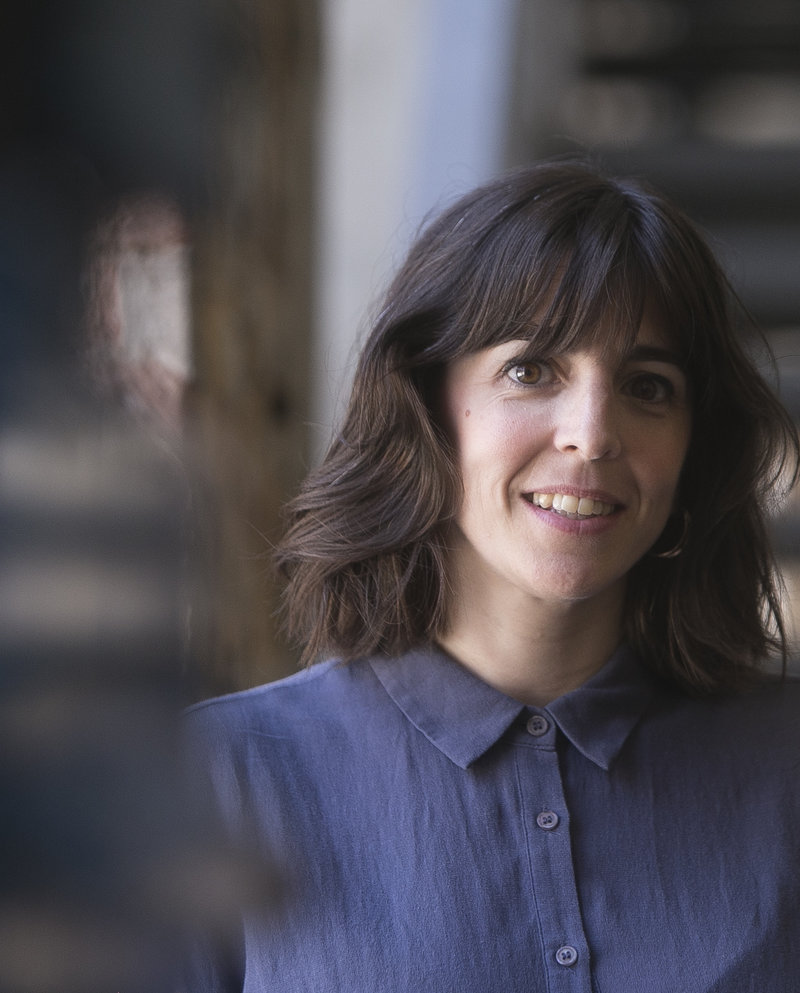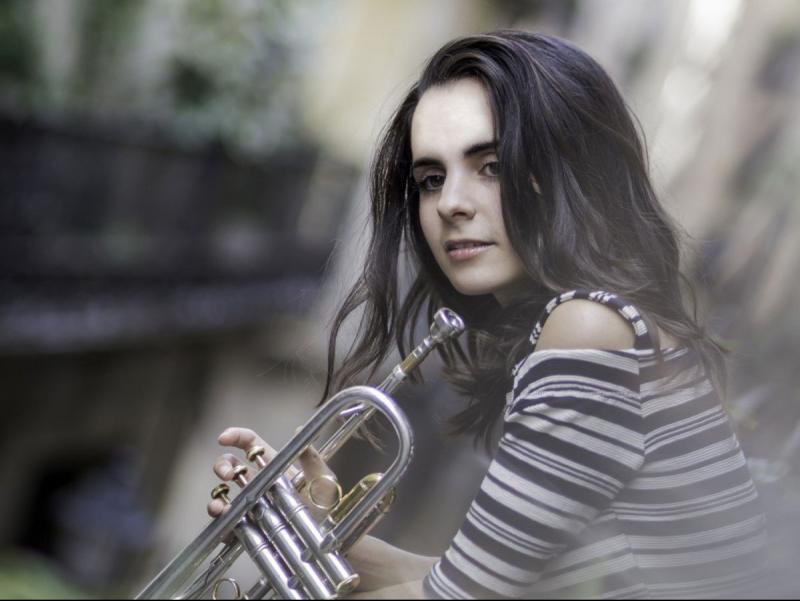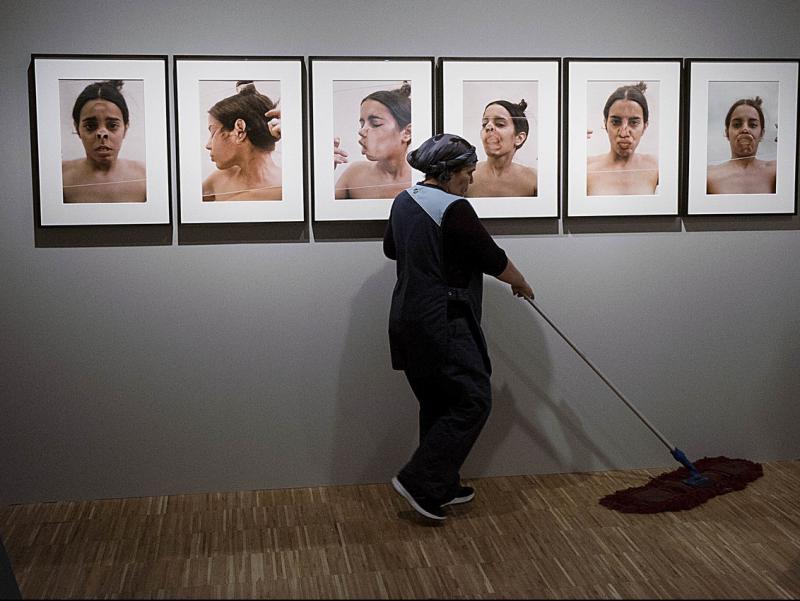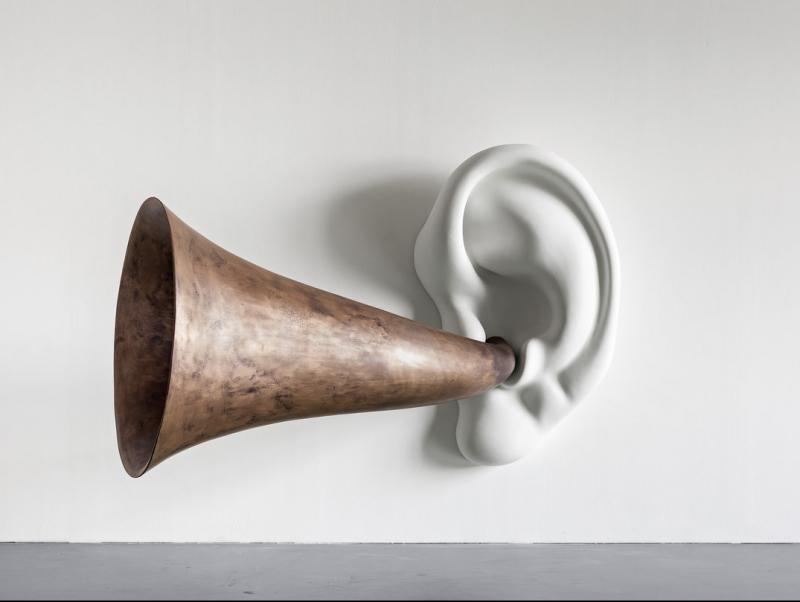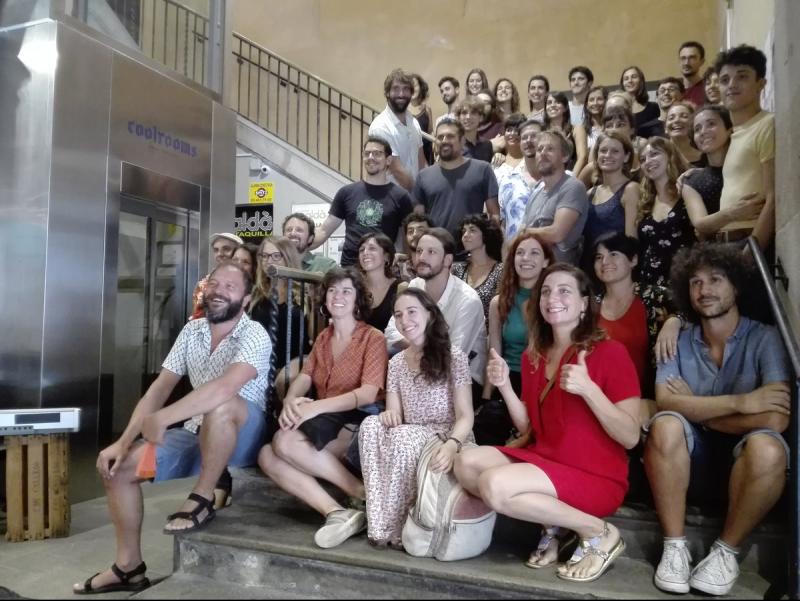In the art factory
New director Joana Hurtado wants to turn the Fabra i Coats arts centre into a place for “new and different ways of making and experiencing today’s art”
Barcelona again has the art centre it deserves. It has been a long journey since the Centre d’Art Santa Mònica changed its status in 2008, with serious consequences for the visibility of the country’s artists. In 2012, the restored Fabra i Coats factory became a new home for contemporary art, although it has always seemed to be more of a simulation of an arts centre, without a clearly defined role. However, it now seems as if it finally has the leadership it was so sorely lacking. The new head, Joana Hurtado, is tackling the challenge with her own ideas, the same ideas that convinced the committee that chose her from among the other candidates to run the centre.
It is a complex challenge, however, due to the merging of the arts centre with the creation factory housed in the same historic building in the city’s Sant Andreu neighbourhood. Despite two distinct programmes being forced together, one for residencies and one for exhibitions, Hurtado sees many possibilities in a platform that represents the entire creative process, from conception to displaying the final work. “It has to be another medium for examining means of production and participation,” she says.
And there is another factor that makes Fabra i Coats special: the site includes a number of social and educational institutions and organisations from the local area, from a nursery to an athenaeum (cultural club). Hurtado has every intention of involving these organisations in her project: “It’s a mini-world of dreams,” she says. In short, all of these various elements under one roof provide stimulating opportunities for “new and different ways of making and experiencing art, and new and different ways of being an artistic institution,” she argues.
Hurtado has asked for nine months to get her project going (which foresees at least six annual exhibitions), but she has already laid out the broad outlines of her vision, which aspires to “articulate and be an active part of the country’s cultural actors”. In the new heads’s thinking are not only artists, but also curators, researchers, and programmers.
To understand what the new director is aiming for, it is important to pay attention to the terms she uses. Hurtado does not see the public as users who consume whatever is put before them, but rather visitors and participants who are involved in a joint project. As a result, the visits will not be guided tours but part of a dialogue. “We have to stop understanding art as a closed message that is shown through a neutral and monolithic recipient, and we have to see ourselves as a place of shared use where content, artist and visitor are permeable,” she says. However, Hurtado is keen to stress that she has not come to Fabra i Coats to impose her own personal brand. Rather, she says she wants to above all “listen”, to break the silence surrounding the institution’s role that has held sway until now. “People matter more to us than things. Creation and artistic management means taking care not only of the works of art, but the people that surround them and work with them, from the artist to the security guard in the exhibition room to the public,” she says.
The centre’s new head also wants to avoid raising walls, like those that already exist in art, such as disciplines or generations, and Fabra i Coats has the mission of going beyond the circuit of emerging spaces (which Hurtado knows well, as she managed the Can Felipa arts centre for 10 years). She also aims for the centre’s projects to embrace the local, national and international (she has in mind some co-productions to ensure the centre’s exhibitions travel as far as possible).
Whether local or global, Hurtado intends to open competitions for residencies, allowing the chosen artists to create in the centre, and even live there, as five apartments will soon be provided. Meanwhile, there will also be changes in how the centre manages artist’s residencies, giving priority to those projects that aim to become rooted in the “mini-world of dreams” and ruling out those that could be done in any other place. All of the residencies will be offered free and will be less permanent than before: “They will be renewed up to a limit,” she says.
Hurtado is taking on the new challenge full of hope and excitement, but with resources – both human and economic – that are limited. Some 90% of the €1.6 million budget comes from the Barcelona city council, with the remaining 10% coming from the Catalan government. Of this amount, some €723,000 are for the art centre (La Virreina Centre de la Imatge gets €970,000 and La Capella gallery gets €350,000). “It’s not ideal, but we can still do a lot,” she concludes.
art

